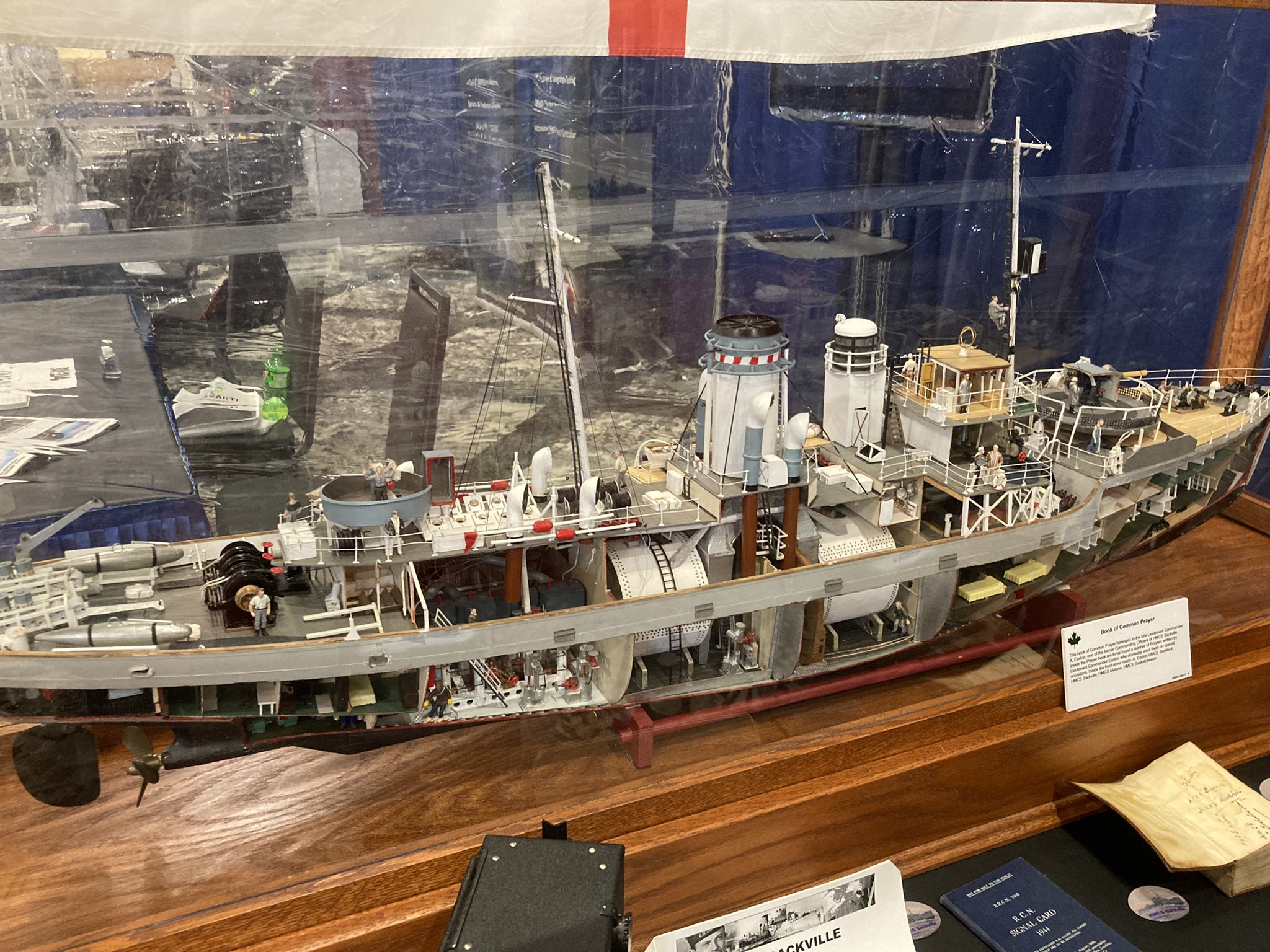It's a bit of pushing the envelope on my part.
I was thinking of the fact that the US has these monstrous ships with thousands of crew and dozens of supporting vessels which are hard to hide and, in the face of long range strike missiles, is putting all of your eggs in one basket.
The Japanese heli-carriers are smaller and cheaper albeit they too would need a fair bit of a security screen.
That got my mind to wandering to just how small a vessel and how stealthy or disguised could it be and still serve as a carrier for a small number of F-35s together with a small fleet of wingman-like drones that would allow you to spread your assets in a wide web for a much more reasonable amount of investment and, perhaps, greater redundancy and survivability. In essence you create mass through a variety of dispersed assets concentrating their firepower through coordination.
To this point much of the carrier's size is dependent on the flight deck needed for takeoffs and landings. The F-35B changes that equation a bit.
The Marines have started to think differently. Maybe the Navy should, too.









